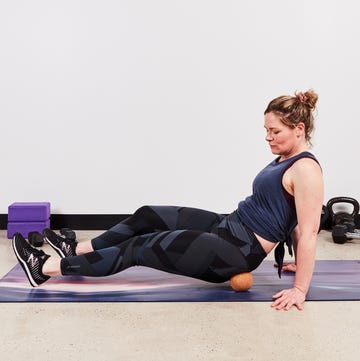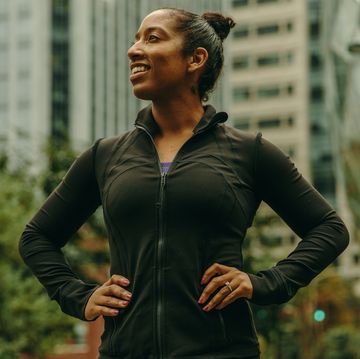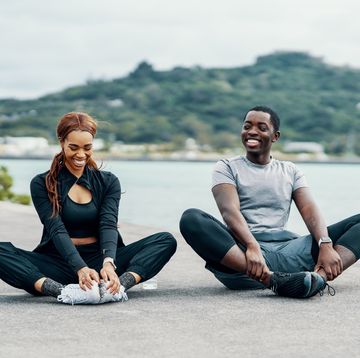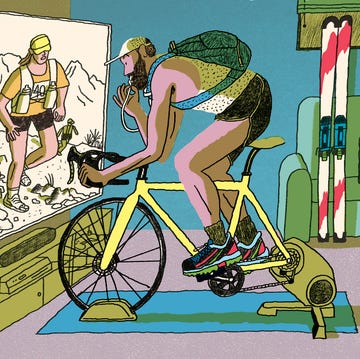We earn a commission for products purchased through some links in this article. Why Trust Us?
5 Runners Get Real About How They Broke Their Bad Habits
Keep making the same mistakes over and over? Here are tested strategies for breaking the cycle.
Most runners have at least one or two bad habits they’d like to ditch. Here’s how five athletes changed some of their most ingrained practices—for the better.

Cindy is a freelance health and fitness writer, author, and podcaster who’s contributed regularly to Runner’s World since 2013. She’s the coauthor of both Breakthrough Women’s Running: Dream Big and Train Smart and Rebound: Train Your Mind to Bounce Back Stronger from Sports Injuries, a book about the psychology of sports injury from Bloomsbury Sport. Cindy specializes in covering injury prevention and recovery, everyday athletes accomplishing extraordinary things, and the active community in her beloved Chicago, where winter forges deep bonds between those brave enough to train through it.
Watch Next


All About Trigger Point Release for Runners

Training Tweaks That Will Get You to a BQ

Not Sure What to Wear on a Run? This Tool Can Help

Best Half Marathon Workouts












